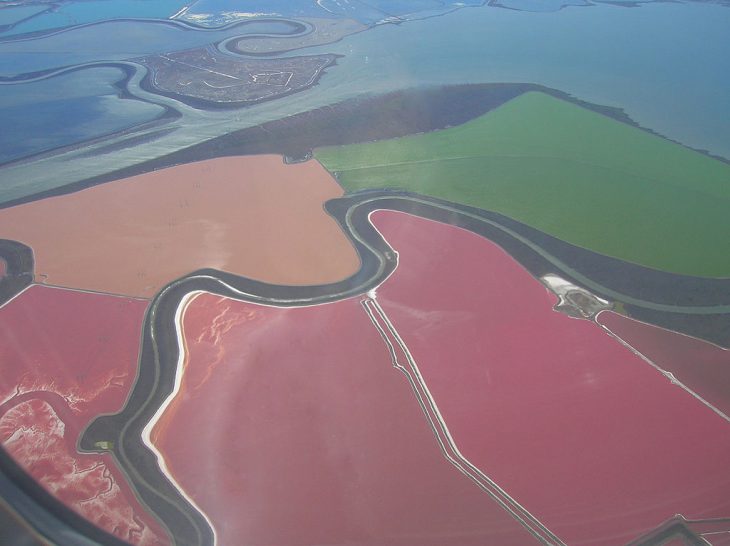One of the most prominent questions of the current age is whether we are alone in the universe. Our ideas of what habitable conditions look like have been expanded in the past few decades by the discovery of organisms that can survive extremely intense environments. These organisms are called “extremophiles.”
Some extremophiles are able to thrive in water with salt concentrations six times higher than the oceans. Others can survive in conditions where water is scarcely available at all. These extreme conditions on Earth may be similar to those on other planets or moons. By studying the harsh conditions in which these extreme microbes reside, we can better predict where evidence of life could be found outside our home planet.
Benjamin Klempay of the Scripps Institution of Oceanography and several of his colleagues sought to study some of these unusual habitats. Ultimately, they wanted to find out what level of saltiness is too much for microbes to handle. Salt can damage cells and cause them to die by drawing out water. They started by looking at salt harvesting pools in Southern California. These pools had a range of colors and salt levels, with the lowest being three times as salty as the ocean and bright pink in color. The pool with the highest salt level was about 11 times greater than the ocean and had a bright yellow-green color.
The team took samples from each of these pools to determine which species of microorganisms could survive the increasingly stressful conditions. They also measured pH, temperature, and the concentration of dissolved ions to determine the saltiness. Another important measurement they took was water activity, which is the availability of water for cells to use, and is affected by salt levels. Water activity scales from 0 to 1, and microbes can survive best with water activities above 0.7. Prokaryotic cells cannot survive water activity levels less than 0.635.
Species analysis showed that the majority of these pools were full of salt-loving microbes known as haloarchaea. Some species of bacteria were found in the least salty pools they sampled, but quickly disappeared as salt concentrations got higher. Only one specialized species of bacteria, known as Salinibacter ruber, could handle elevated salt levels. But when salt concentrations grew over three times that of the ocean and the water activity dipped below 0.64, Salinibacter disappeared, leaving only haloarchaea.
Eventually more and more species of haloarchaea disappeared until there was only one left, known as Haloquadratum walsbyi. This curious microbe is known for having square-shaped cells! However, even this pioneer could not survive the most extreme conditions. Haloquatradum walsbyi eventually died out as well, but it could withstand over four times the salt concentration of the ocean and water availability near the lower limit.

A microscope image of Haloquadratum walsbyi. Source: Wikimedia Commons
When it came to the saltiest pools, the researchers made a puzzling discovery. They found DNA evidence for many different species of bacteria, even though most bacteria could not survive salt levels higher than the first pool. When they analyzed the molecular composition of these pools, they found a special salt that is toxic to microbes, called magnesium chloride. Earlier studies have shown that this salt is capable of popping open cells and preserving their DNA. Bacterial DNA in the pools with magnesium chloride most likely came from bacteria falling into the pool from wind, birds, or other sources. Once bacteria fall into those extremely salty pools, they die, pop open, and leave their DNA behind, which is preserved by the salts.
The results that Klemplay and his colleagues found have implications for astrobiology. We know that a few bodies in our solar system have extremely salty conditions that, at first glance, don’t seem very likely to foster life. Mars, a dusty planet with little atmosphere and no liquid water, appears devoid of life. However, the Red Planet used to harbor oceans that could have been habitable. Additionally, several moons in our solar system have evidence of liquid oceans, like Jupiter’s Europa and Saturn’s Enceladus. If these oceans contain(ed) DNA-preserving salts like magnesium chloride, they could harbor evidence of life outside Earth.
By studying the limitations of life on Earth, we can better refine our search for worlds that could support life in our solar system and beyond.


